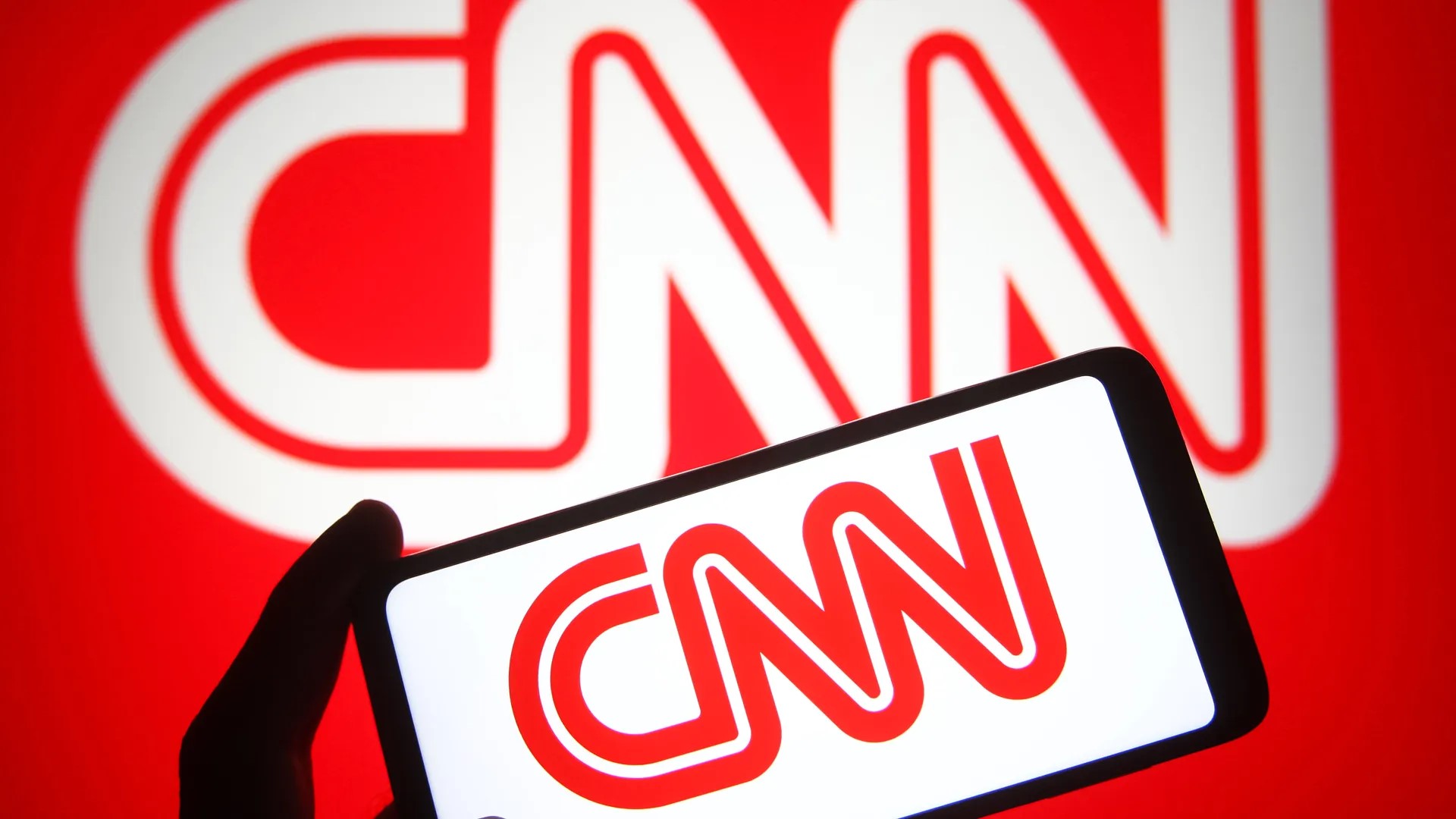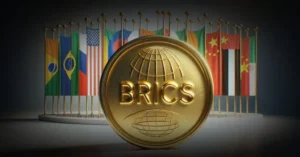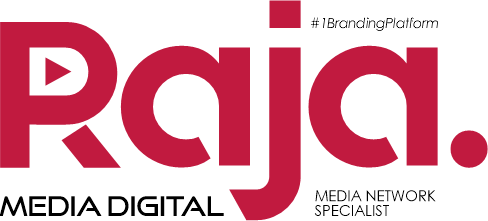New York — CNN, one of the leading global news providers, has launched a digital paywall for the first time in its history, signaling a major shift in how the network plans to monetize its online content. Beginning today, the network is charging $3.99 per month for unlimited access to its articles, in what is being hailed as a bold move to ensure the long-term sustainability of its journalism.
In an internal memo to staff, Alex MacCallum, CNN’s executive vice president of digital products and services, outlined the reasoning behind the paywall, noting that the majority of casual readers will still be able to access CNN.com without charge. “Only users who consume a certain number of free articles will be asked to subscribe,” she wrote, adding that subscribers will enjoy benefits such as unlimited access to premium content, exclusive election features, original documentaries, and a more streamlined browsing experience with fewer ads.
The launch of this digital subscription model comes as CNN continues to adapt to the rapidly changing media landscape. Cable news, once the dominant revenue source for networks like CNN, is increasingly being eclipsed by digital platforms, forcing traditional media outlets to find new ways to fund their journalism. Both MacCallum and CNN’s CEO Mark Thompson have extensive experience in the world of digital subscriptions, having played crucial roles in the success of The New York Times’ digital model. Under their leadership, The Times has grown to nearly 10 million digital subscribers, becoming a beacon for the news industry.
Thompson, who joined CNN earlier this year, has been clear about his vision for CNN’s future. In a memo circulated over the summer, he emphasized the importance of diversifying CNN’s revenue streams by focusing on digital subscriptions. “We will be launching products that deliver need-to-know news and analysis in new formats designed to meet the needs of today’s digital readers,” Thompson said. Today’s paywall marks the first step in that larger digital strategy.
CNN’s shift to a paywall also reflects broader trends within the media industry, as more outlets seek to charge for their content. In early October, Reuters is set to roll out its own paywall, offering readers a subscription plan for just $1 per week. Reuters’ leadership has positioned this move as a way to invest further in high-quality journalism while also providing affordable access to readers worldwide. Paul Bascobert, president of Reuters, has been particularly vocal about the need to support news organizations through subscription models.
While the rise of digital paywalls is reshaping the industry, it remains unclear how willing consumers are to pay for news. According to a study from the Reuters Institute, only about one in five American consumers currently subscribes to an online news service. “Subscription fatigue” has become a growing concern, especially as smaller news organizations compete with giants like The New York Times for paying readers. However, experts are optimistic that the subscription model will continue to grow. Greg Piechota, a researcher with the International News Media Association, believes that most outlets are still just scratching the surface of their digital potential. He pointed out that early adopters of the paywall model have seen impressive results, leaving plenty of room for growth.
As CNN embarks on this new chapter, its success will undoubtedly shape the future of digital news consumption. Should the paywall prove successful, it could set a new precedent for how global news organizations balance free access with the need to fund quality journalism. For CNN, this move is not just about revenue—it’s about ensuring that the network can continue delivering the trustworthy news and analysis that millions of readers rely on every day.









